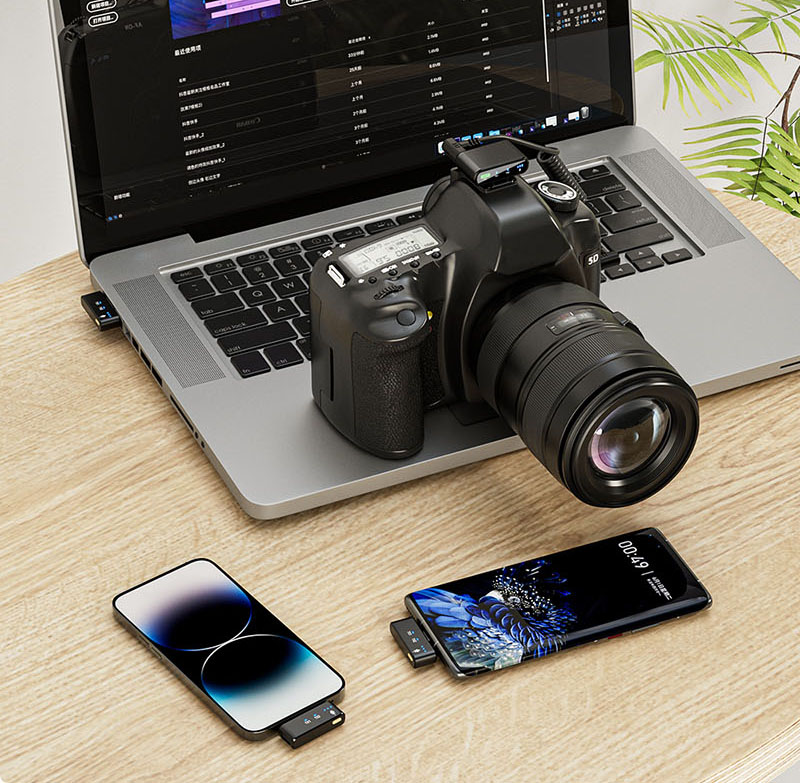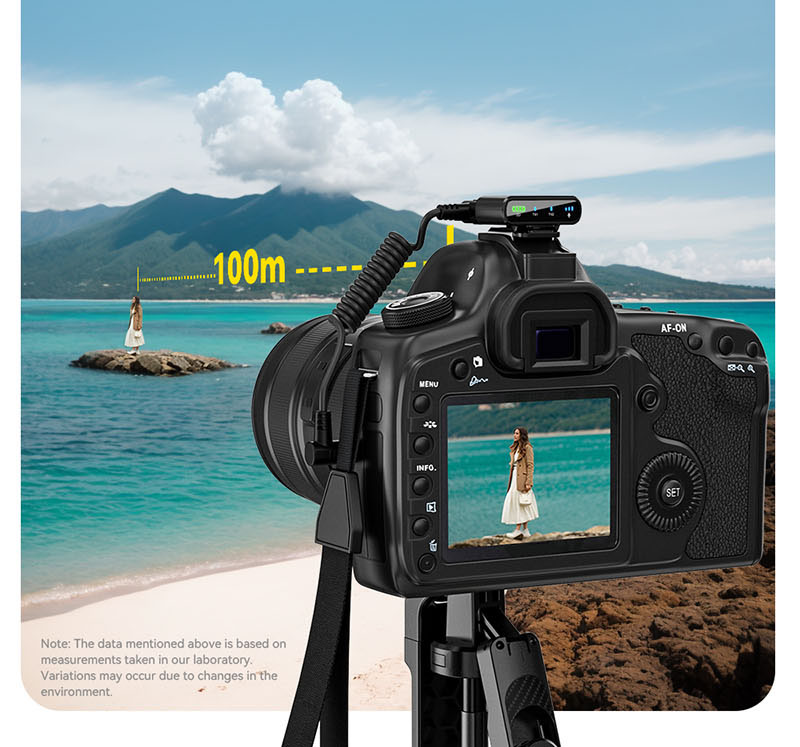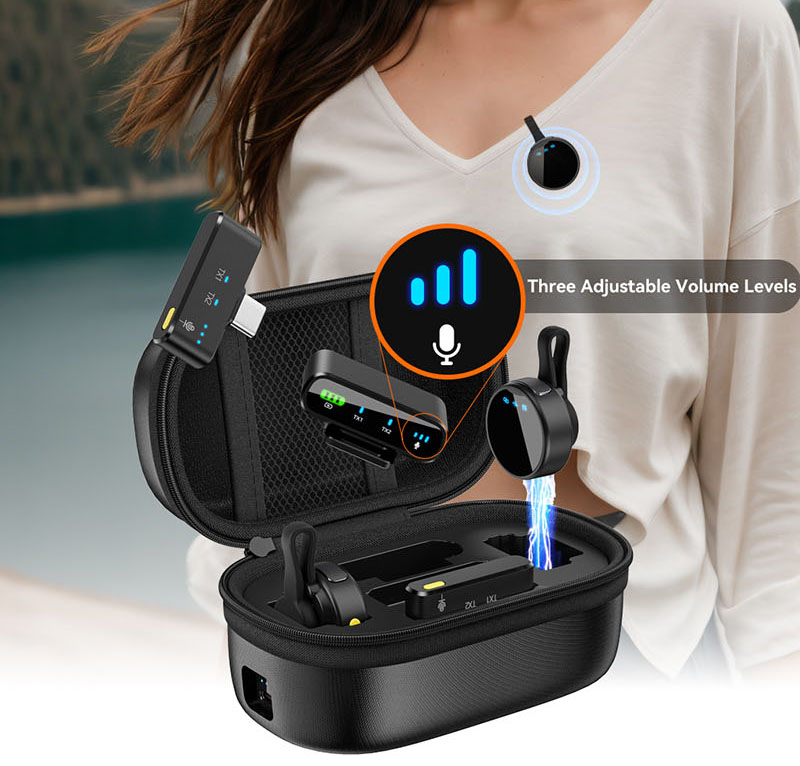How To Use A Wireless Microphone
How To Use A Wireless Microphone
How To Use A Wireless Microphone

Using a wireless microphone involves several steps to ensure proper setup and operation. Here’s a general guide:
1. Unbox and Inspect
- CNBEWIN Microphone: Ensure you have the microphone, transmitter, and receiver.
- Batteries: Check if batteries are included or if you need to purchase them separately.
- Cables: Verify that all necessary cables (e.g., XLR, 1/4 inch, or USB) are included.
2. Insert Batteries
- Open the battery compartment on both the microphone transmitter and the receiver.
- Insert the appropriate batteries (usually AA or AAA), ensuring correct polarity.
3. Power On
- Turn on the microphone transmitter (usually a switch or button on the microphone itself).
- Turn on the receiver.
4. Pair the Microphone and Receiver
- Most modern wireless microphones automatically pair when turned on. If not:
- Set both the transmitter and receiver to the same frequency or channel.
- Some systems may require you to sync them manually (refer to the user manual for specific instructions).
5. Connect the Receiver to Your Sound System
- Use the appropriate cable (XLR, 1/4 inch, or USB) to connect the receiver to your mixer, amplifier, or recording device.
- Ensure the connection is secure.
6. Test the Microphone
- Speak into the microphone and check the sound output through your speakers or headphones.
- Adjust the gain or volume on both the receiver and the sound system to avoid distortion or feedback.
7. Position the Microphone
- Hold the microphone at an appropriate distance from your mouth (usually 2-6 inches) to ensure clear audio capture.
- Avoid covering the microphone head with your hand.
8. Monitor and Adjust
- Continuously monitor the sound quality during use.
- Make adjustments to the microphone position, volume, or settings as needed.
9. Power Off and Store
- Turn off the microphone transmitter and receiver when not in use.
- Remove the batteries if the microphone will not be used for an extended period to prevent corrosion.
Tips for Optimal Performance:
- Avoid Interference: Keep the receiver away from other electronic devices that may cause interference.
- Line of Sight: Maintain a clear line of sight between the microphone and the receiver for the best signal strength.
- Battery Life: Always carry spare batteries, especially for long performances or events.
Troubleshooting:
- No Sound: Check if the microphone and receiver are on the same frequency, batteries are charged, and connections are secure.
- Interference: Change the frequency or channel to avoid interference from other devices.
- Feedback: Adjust the microphone position and volume levels to minimize feedback.
By following these steps, you should be able to effectively use a wireless microphone for various applications, whether for public speaking, performances, or recordings.




